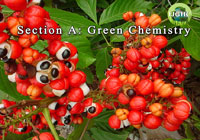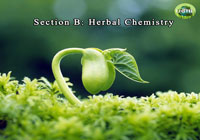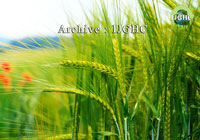The total objective of our study must be to identify drugs to estimate human illness by a thorough analysis of plant Ayurveda and modern medicine techniques must be coupled in order to bring out high quality of herbal product with rapid onset of action and good bioavailability. Aim: The aim of the study is to investigate Phytochemical screening of ethanolic extract of Shorea rebusta (gaertn).: The qualitative phytochemical analysis of Ethanolic : Aqueous extract (50:50) of Shorea robusta. was done by preliminary identification of bioactive compounds such as alkaloids, glycosides, Cardiac Glycosides, flavonoids, carbohydrate,tannins, are present. The results of % of yield were showed the Ethanolic extract in a 12.21%w/w and extract of Aqueous extract has 8.75%w/w respectively. IC50 for standard Ascorbic acid was found to be 20.56 and Shorea robusta for was found to be 63.33.Thus the anti-oxidant activity of sample was less than that of standard ascorbic acid. Ethanolic extract of leaf showed significant antimicrobial activity against the selected microbes . The methanol leaf extract has maximum activity against Staphylococcus aureus, moderate activity against Escherichia coli , at concentration 200 μg. The results depict the time taken for paralysis and death of earthworms after the treatment with the test extracts at the selected concentrations. The data revealed that the aqueous extract has a better wormicidal effect than ethanolic extract with compared with the standard drug as Albendazole.



